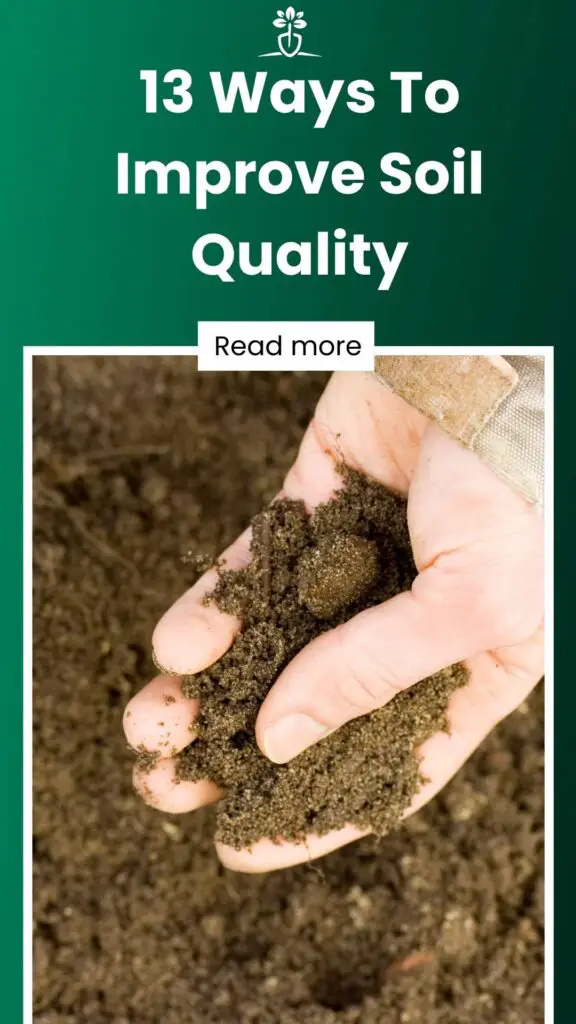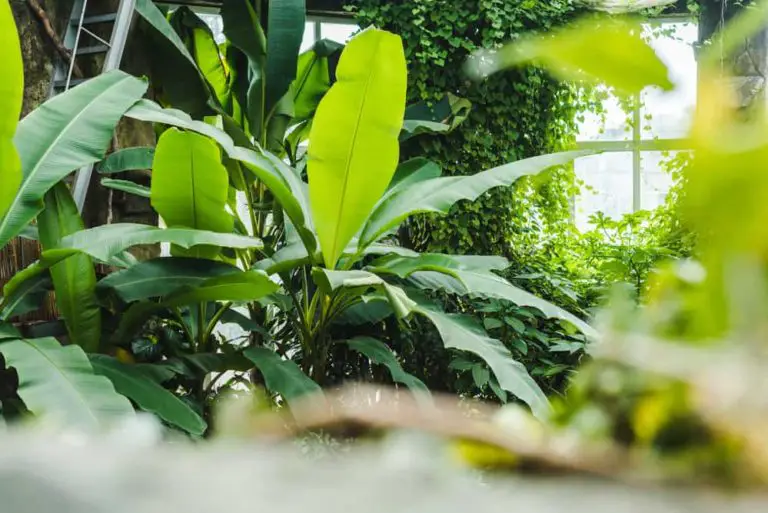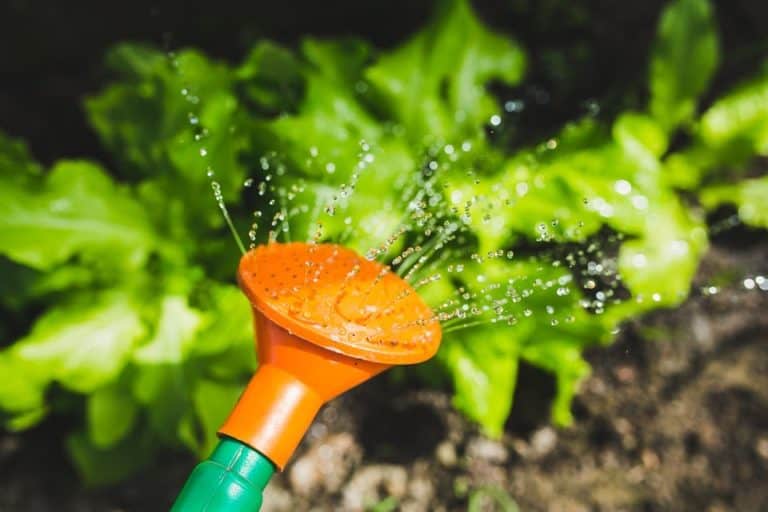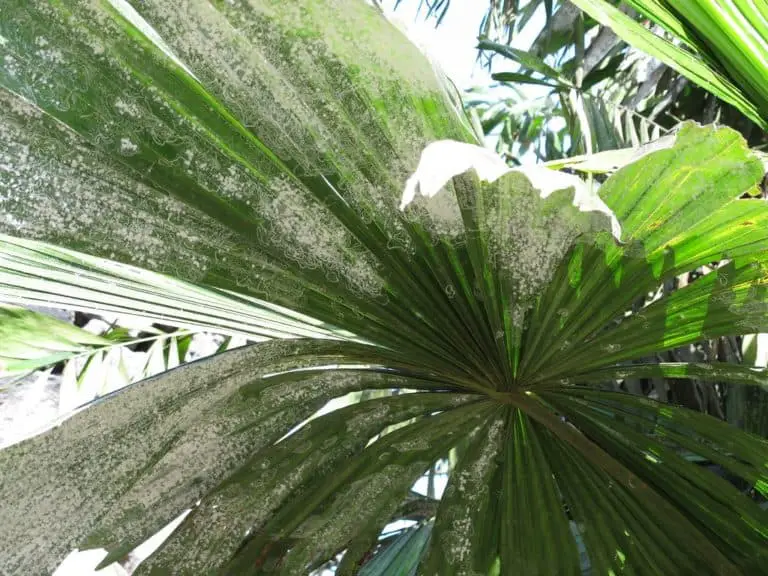13 Ways To Improve Soil Quality
Creating a delightful garden bursting with veggies, herbs, flowers, or greenery calls for some dedication and the right tools. Picking the right plants, planting them at just the right time, and caring for them properly are keys to crafting a garden that fills lives with joy. Here’s a nifty tip: a little garden know-how saves both time and money. Did you know that planting certain plants together can boost their growth while keeping pests at bay? As an example, basil next to tomatoes makes them even tastier. Timing matters, like starting cool-weather crops as spring arrives, which brings huge benefits. Jump in and see how a smart garden plan works wonders. Why spend more when a bit of garden smarts makes plants flourish beautifully?
But if one vital aspect is overlooked soil health, then all of that nurturing attention will not produce the highest quality vegetation. With these 13 tips, you can improve your soil quality to keep the delicate balance of the topsoil ecosystem to ensure healthier soil that can produce robust vegetation.
Contents
1. Build A Border
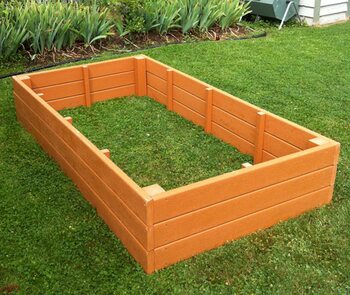
For healthy soil in a garden or other planting area, consider building a frame or border around the planted areas. This only needs to be done once and then maintained. This soil-enhancing trick works on the premise that soil not impacted regularly will be healthier. Since soil needs air and nutrients, sun, and water to be healthy, ensuring that well-intentioned gardeners and curious animals are discouraged somewhat by the barrier is a simple and potentially attractive addition to your soil areas. Bonus points if you can also build up the garden beds at the same time. This allows for more opportunities for soil drainage and air circulation in the soil.
2. Let Spring Soil Dry Out
With the perennial excitement of planting a garden or freshening up green spaces, this overlooked tip sometimes is the culprit for plantings that don’t take off in the spring.
After spring rains or heavy watering at the beginning of the planting season, allow the soil areas to dry out before introducing any new plants to the soil or working the plants already at home in the soil. Since topsoil needs air to function best, working soaked earth will typically compact the dirt and push out the essential oxygen.
Not sure if it is too wet? Grab a handful of the soil and squeeze. If water drips out, then wait a few days to allow it to dry out enough to maintain its natural fluffiness.
3. Test Your Soil
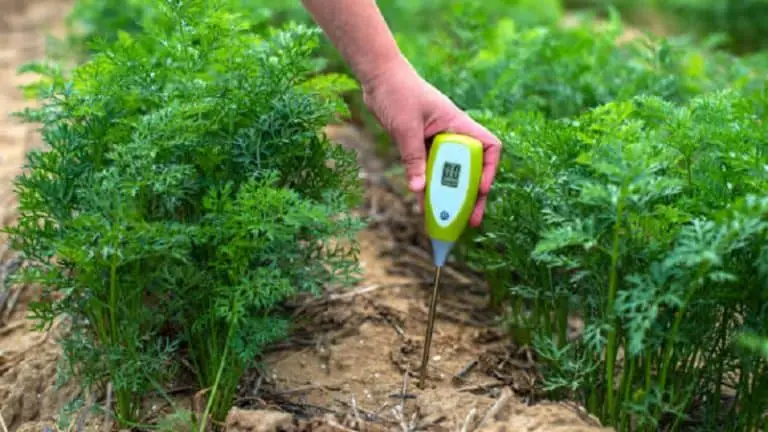
Just like in life, if you don’t know your strengths and weaknesses, you can’t always be your best or improve upon your flaws.
You can test to discover the makeup of the soil and check out its levels of crucial mineral components like nitrogen, magnesium, and calcium. With a simple test kit, collecting a soil sample can alert you to what is lacking. Best completed when soil is not actively growing vegetation; this is a great off-season activity to do while planning next year’s plantings.
4. Add What is Missing
Now that you know what your soil is missing, plan to add in what it needs. Natural additions to the soil can help balance out deficiencies, so don’t automatically only turn to chemical treatments (although those work efficiently as well.)
To balance magnesium, a sprinkling of Epsom salts can do the trick. For a boost to improve low calcium levels, try adding in lime, oyster shells, or powdered milk. Another natural fix is to spread wood ashes over soil that is low in potassium.
Adding in bonemeal can also up the phosphorus levels, and blood meal or fish emulsion can help balance nitrogen levels in the soil.
5. Grow Plants That Add Nitrogen
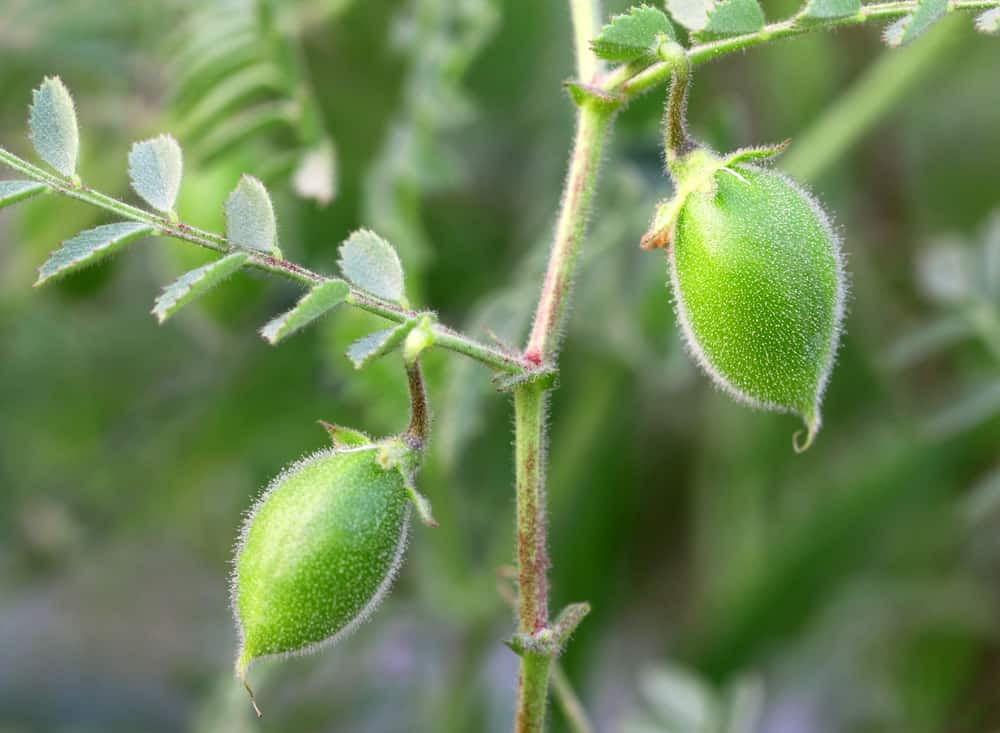
Since nitrogen is a nutrient that commonly is depleted quickly in soil, consider planting nitrogen-adding plants to your soil intentionally.
Legumes are the most efficient at converting their everyday bacteria-covered roots into the nitrogen that plants can use. Planting either peas, beans, peanuts, or clover will help assure that the soil has healthy nitrogen levels.
6. Mulch It Up
One of the best things we can do for our soil is to constantly provide it with fresh mulch. As the green matter decomposes, the soil incorporates those, strengthening the soil. Pre-mixed mulch is easy to find and provides an easy application to soil. Applying chopped-up nitrogen-fixing plants as mulch is another excellent way to do double-duty with helpful legumes.
7. Naturally Recycle Clippings and Leaves

Don’t throw away grass clippings, trimmed branches, or raked up leaf piles. Instead, turn them into mulch to strengthen and add nutrition to the soil.
Grass clippings can be composted before being added to soil or added directly to the garden. Be careful not to use clippings previously treated with lawn chemicals if the soil is in a garden. Branches that can be wood chipped down to small pieces, and partially broken leaves are both great additions to improve soil health.
Returning your clippings and leaves back to the soil perfectly recycles natural elements, benefitting both the soil and the trash bin.
8. Add Worms
Usually, we think of bugs as pests. But when healthy soil is the goal, worms are something you want to have around. Worms are an excellent transporter of particles within the soil, mixing up the soil, and they crawl up and down the layers of the earth.
Added in complement to the mulch, worms are a natural mixer of the soil while they eat the mulched material. Worms also add in oxygen and create room for the soil to absorb water in the gaps they leave in the dirt as they move from place to place.
9. Use Green Manure and Cover Crops
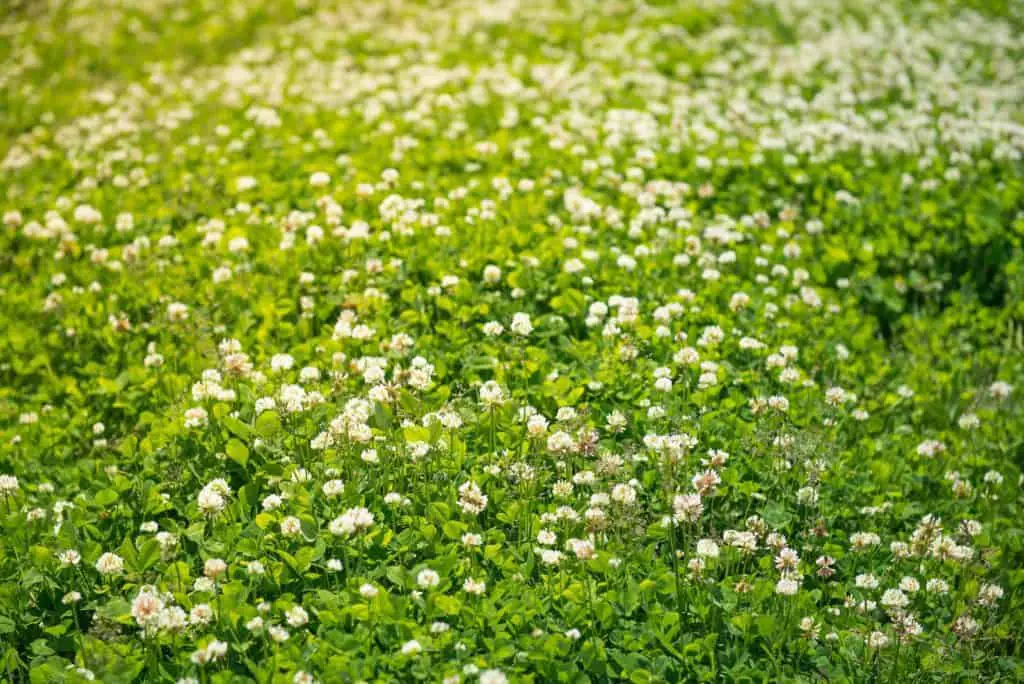
Consider adding nutrients to the soil during non-growing seasons that will improve soil health through new plantings. Green manure, similar to green matter added as mulch, is the practice of growing plants that benefit the soil but not the grower directly.
These plants are allowed to grow and then die back naturally without being culled or removed. The dead plants then break down and contribute directly to the soil and are commonly chosen for their ability to add specific nutrients like nitrogen or phosphorus, for example.
Cover crops are off-season crops that are planted in soil for the express purpose of keeping the soil from eroding. Not planted with a crop or grass, barren soil tends to wash away without the rooted anchor that plants provide. Cover crops like wheat and winter grasses can strengthen soil by maintaining the nutrient-rich topsoil in its grasp, allowing for a more productive season of growth afterward.
10. Rotate Annual Crops
Switching up plants can aid in maintaining a healthy composition balance. Change up where you put each plant in your garden, so that nutrient deficiencies don’t become troublesome for the soil. By rotating the soil’s inhabitants, it can naturally keep a better balance with less intervention measures.
11. Weed Management

Invasive weeds are a challenge for every gardener as well as one for the soil composition. However, weeds can be beneficial to the soil if they are used under a layer of mulch during off-season soil preparation times.
Noxious weeds, like nettle or ragweed, should be removed safely from the soil so they don’t leech vital nutrients from the soil in competition with beneficial or wanted plantings.
12. Coffee (Grounds) to the Rescue
After that morning cup of coffee, round up the grounds to increase the health of your soil. Coffee grounds spread over the soil will naturally increase the acidity in the soil, especially helpful if it is alkaline.
All you have to do is lightly work the grounds in the soil, and the soil will incorporate the grounds and their nutrients. Using coffee grounds like this can wake up your alkaline soil, just like that cup of joe jolts us in the morning!
13. Go Organic
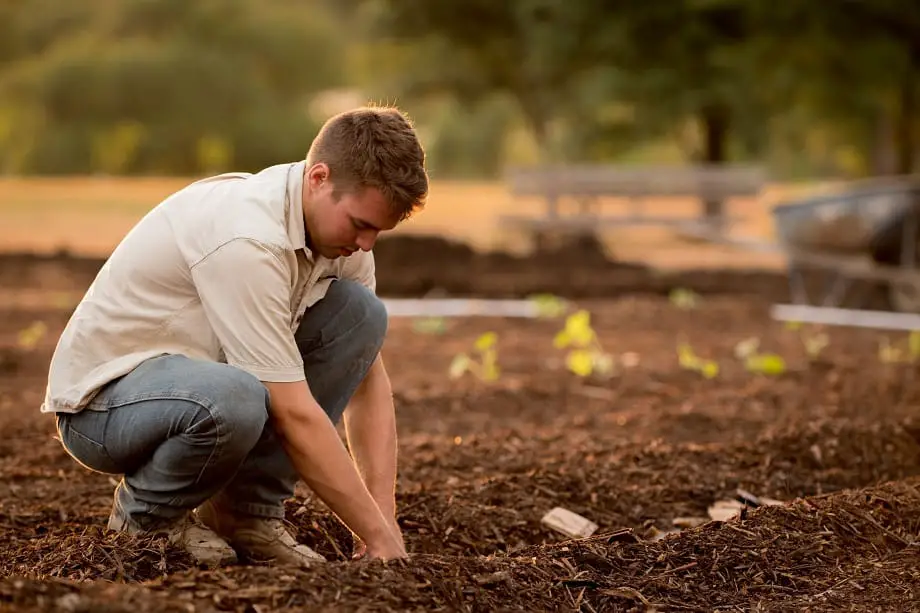
Lastly, try to use an organic or natural soil treatment whenever possible. Chemicals can be a quick-treat solution, and there are times when the soil needs just what you can find already mixed and ready to apply in a ready-to-use blend. When you add in a chemical to fix one thing, you could create a new problem in the process.
Using pesticides such as insecticides, herbicides, and fertilizers can throw the delicate soil out of its natural balance. Using organic solutions first is the best philosophy to follow when you are looking to create healthy soil.
Start Your Soil Strategy
Creating healthy soil is not difficult, but it takes thoughtful care and planning. Since many natural substances can be added to soil to increase its nutrients and condition, improving soil quality doesn’t have to be expensive or difficult. Knowing what your soil needs and then carefully attending to the soil’s strengths and weaknesses is the perfect strategy for ending up with good quality soil.
